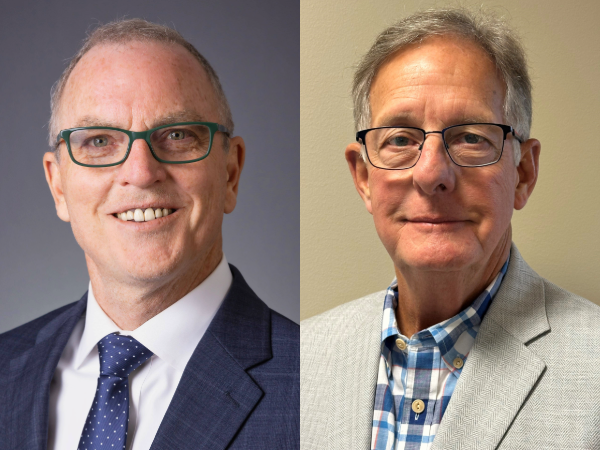 The UAB Heersink School of Medicine launched the Family Medicine Integrated Residency (IR) program on the Huntsville campus in 2017, marking the beginning of a new approach to preparing physicians for long-term service in Alabama communities. The IR program combines early recruitment, hands-on training, and strong mentorship to help medical students transition seamlessly into residency.
The UAB Heersink School of Medicine launched the Family Medicine Integrated Residency (IR) program on the Huntsville campus in 2017, marking the beginning of a new approach to preparing physicians for long-term service in Alabama communities. The IR program combines early recruitment, hands-on training, and strong mentorship to help medical students transition seamlessly into residency.
David Bramm, M.D., director of Rural Programs at the Huntsville Regional Medical Campus, developed the program after recognizing that lasting change in rural healthcare begins with local recruitment. “One must recruit rural, local students to have any hope of producing long-term rural physicians to care for underserved populations,” Bramm said. Drawing from national models and working closely with colleagues—including Roger Smalligan, M.D., MPH, regional dean of the Huntsville Regional Medical Campus, and Tate Hinkle, M.D., MPH, HMDC, FAAFP, chief resident and president of the Alabama Academy of Family Physicians—Bramm designed the integrated model to meet Alabama’s specific needs.
The IR model differs from traditional family medicine training by recruiting medical students in their third year. In their fourth year, participants manage a panel of patients under the guidance of a senior resident mentor while completing structured, hands-on clinical training. “When they graduate, they’re treated like other first-year residents,” Bramm explained, “but often they can take on more demanding roles because they already know the system and how to deliver care efficiently.”
As of June 2025, the program has graduated five classes of family medicine residents, and according to Huntsville campus leadership, its results have exceeded expectations. “Of 24 graduates, 22 practice in Alabama—17 of them in rural areas,” Bramm said. “That’s 92 percent remaining in-state.” As director of Rural Programs, he is proud that 71 percent of graduates now serve in rural communities. “That is why I was hired,” he added.
Smalligan emphasizes that the program’s success aligns with Heersink School of Medicine’s mission to strengthen healthcare across the state. “This program has produced a transformational trend that has increased the number of outstanding UAB Heersink medical students who have chosen to stay here in North Alabama for their residency. Many of them are now joining or starting new practices in the region.”
Smalligan attributes much of the program’s effectiveness to its comprehensive training and strong community partnerships. He explained that the curriculum offers broad clinical exposure across inpatient care, outpatient practice, pediatrics, obstetrics and gynecology, with additional experiences in other settings. These opportunities, Smalligan noted, prepare students to practice confidently in both rural and urban areas. “I am thrilled to see other UAB residency programs begin to offer a similar integrated residency track. This benefits the entire state.”
Now in its eighth year, the Family Medicine Integrated Residency continues to build Alabama’s primary care workforce—one physician at a time—through a model rooted in mentorship, service, and community.